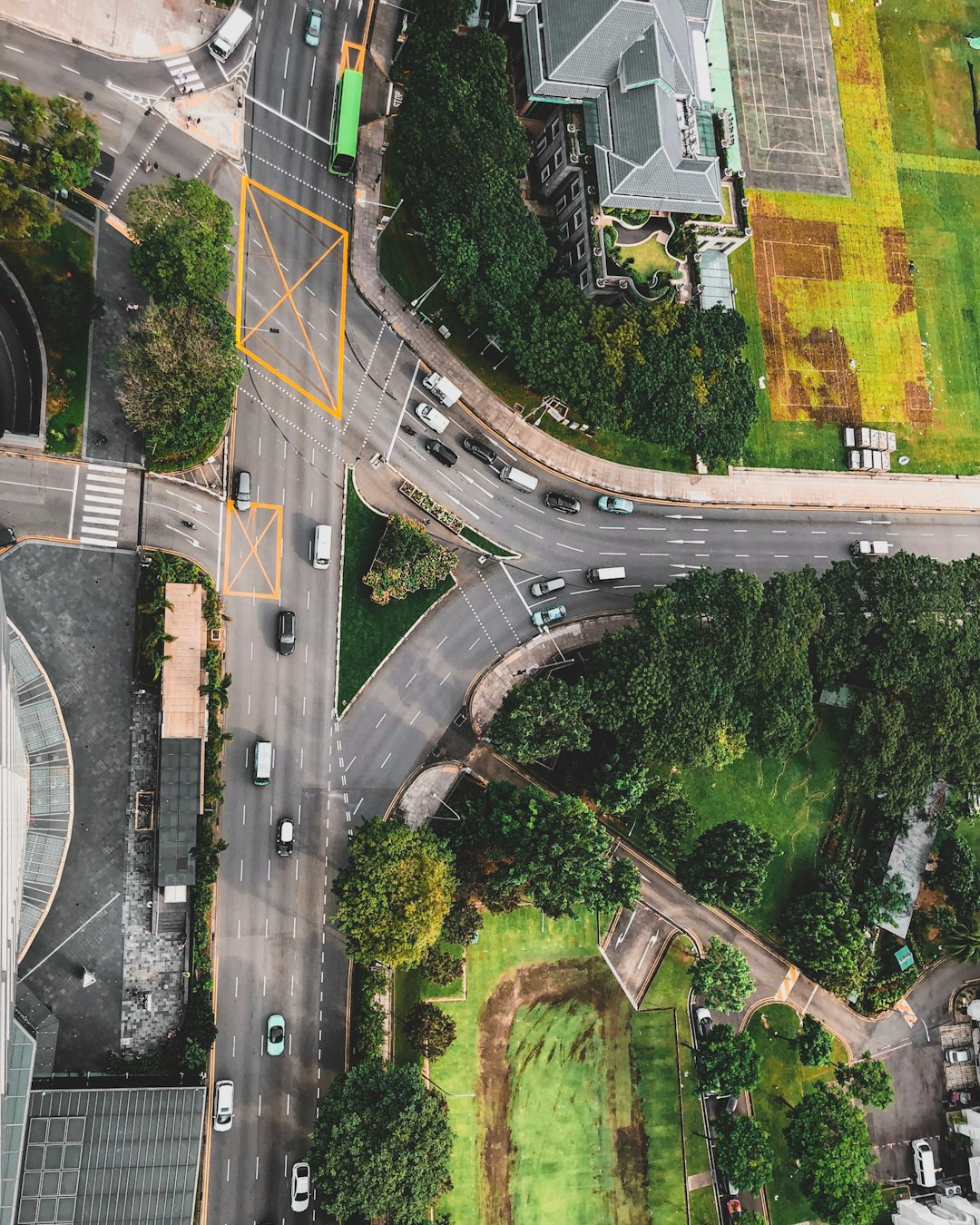Green Infrastructure: A Pathway to Economic Growth and Sustainable Development
Green infrastructure refers to a network of natural and semi-natural spaces that provide multiple environmental, economic, and social benefits. It includes parks, forests, wetlands, green roofs, and other green spaces that are strategically designed and managed to enhance ecosystem services. Green infrastructure is not only essential for preserving biodiversity and mitigating the impacts of climate change, but it is also a pathway to economic growth and sustainable development.
Environmental Benefits
One of the primary benefits of green infrastructure is its ability to improve air and water quality. Trees and vegetation help to filter pollutants from the air, reducing the risk of respiratory diseases and improving overall public health. Green spaces also act as natural sponges, absorbing rainwater and reducing the risk of flooding and water pollution.

Furthermore, green infrastructure plays a crucial role in conserving biodiversity. By providing habitat for various plant and animal species, it helps to maintain ecological balance and preserve valuable ecosystems. This, in turn, supports the pollination of crops, natural pest control, and overall ecosystem resilience.
Economic Benefits
Investing in green infrastructure can have significant economic benefits for both local communities and the wider economy. Green spaces attract tourists, boost property values, and enhance the quality of life for residents. Studies have shown that proximity to green spaces can increase property values by up to 20%. Additionally, green infrastructure projects create jobs in areas such as landscaping, construction, and maintenance.
Green infrastructure also contributes to energy efficiency and cost savings. For example, green roofs and walls provide insulation, reducing the need for heating and cooling in buildings. This not only lowers energy consumption but also saves money on utility bills. Similarly, urban forests can help to reduce the urban heat island effect, leading to decreased energy demand for air conditioning.
Social Benefits
Green infrastructure has numerous social benefits that improve the well-being of individuals and communities. Access to green spaces promotes physical activity, reducing the risk of chronic diseases such as obesity and heart disease. It also provides opportunities for recreation, relaxation, and social interaction, improving mental health and social cohesion.

Moreover, green infrastructure has been shown to enhance educational outcomes. Schools with green spaces have higher student engagement, improved academic performance, and reduced stress levels. Green infrastructure also has a positive impact on crime rates, as well-maintained green spaces can discourage criminal activities and promote community safety.
Conclusion
Green infrastructure is a vital component of sustainable development, offering a multitude of benefits for the environment, economy, and society. By investing in green infrastructure, we can create healthier, more resilient communities, stimulate economic growth, and protect our natural resources for future generations. It is crucial for policymakers, businesses, and individuals to recognize the value of green infrastructure and work together to incorporate it into urban planning and development strategies.


Belum ada Komentar untuk "Green Infrastructure: A Pathway to Economic Growth and Sustainable Development"
Posting Komentar